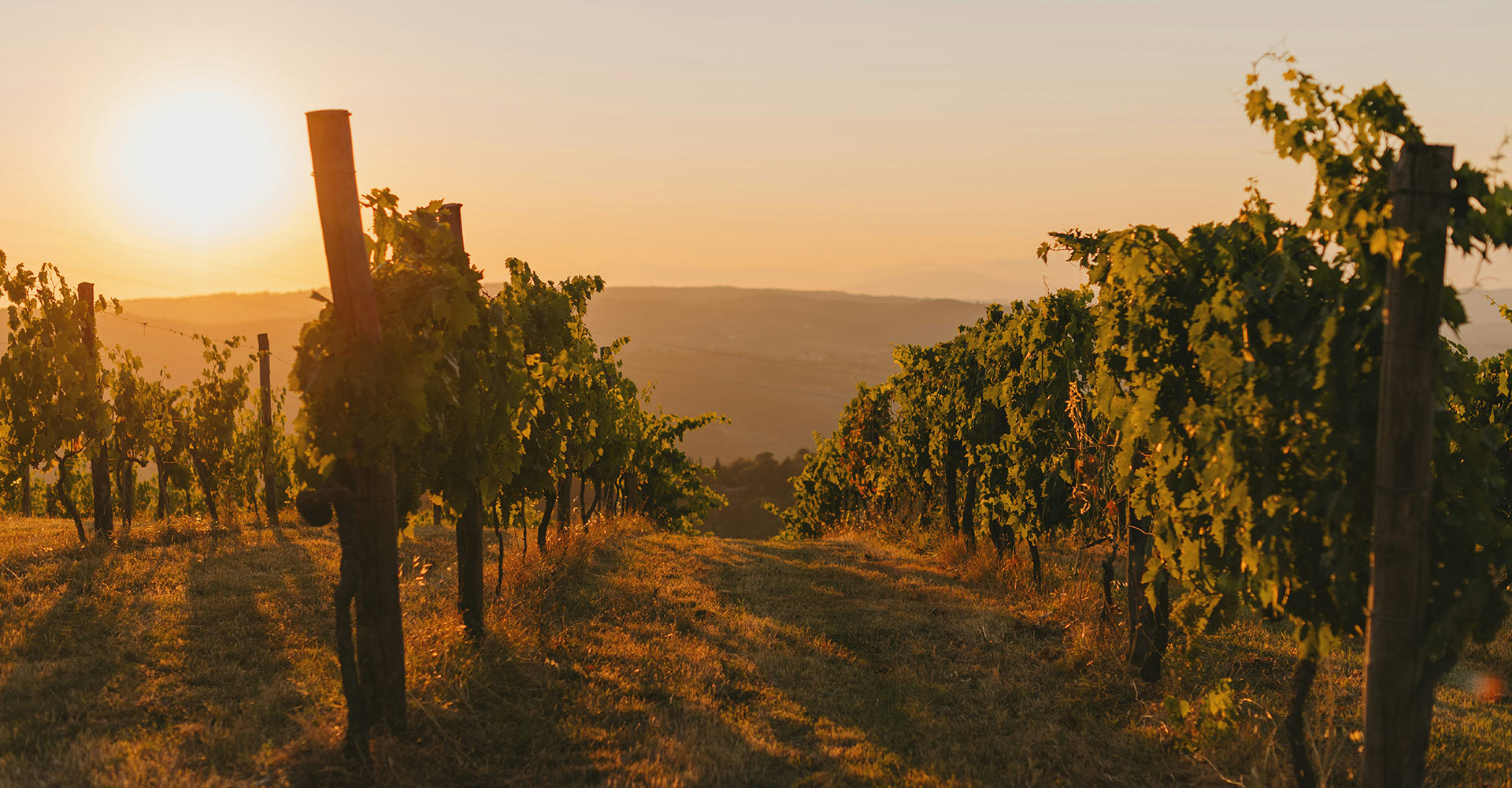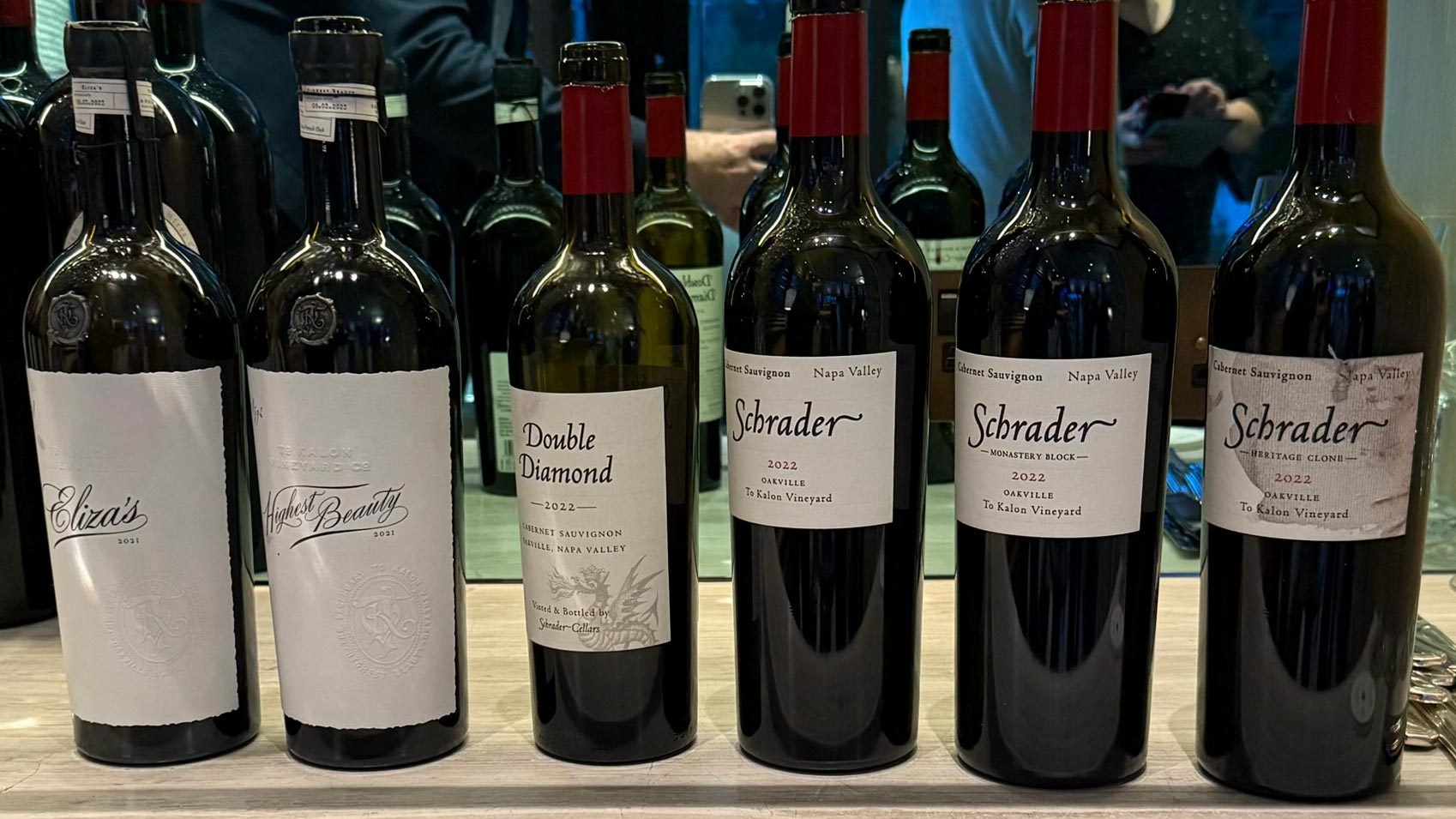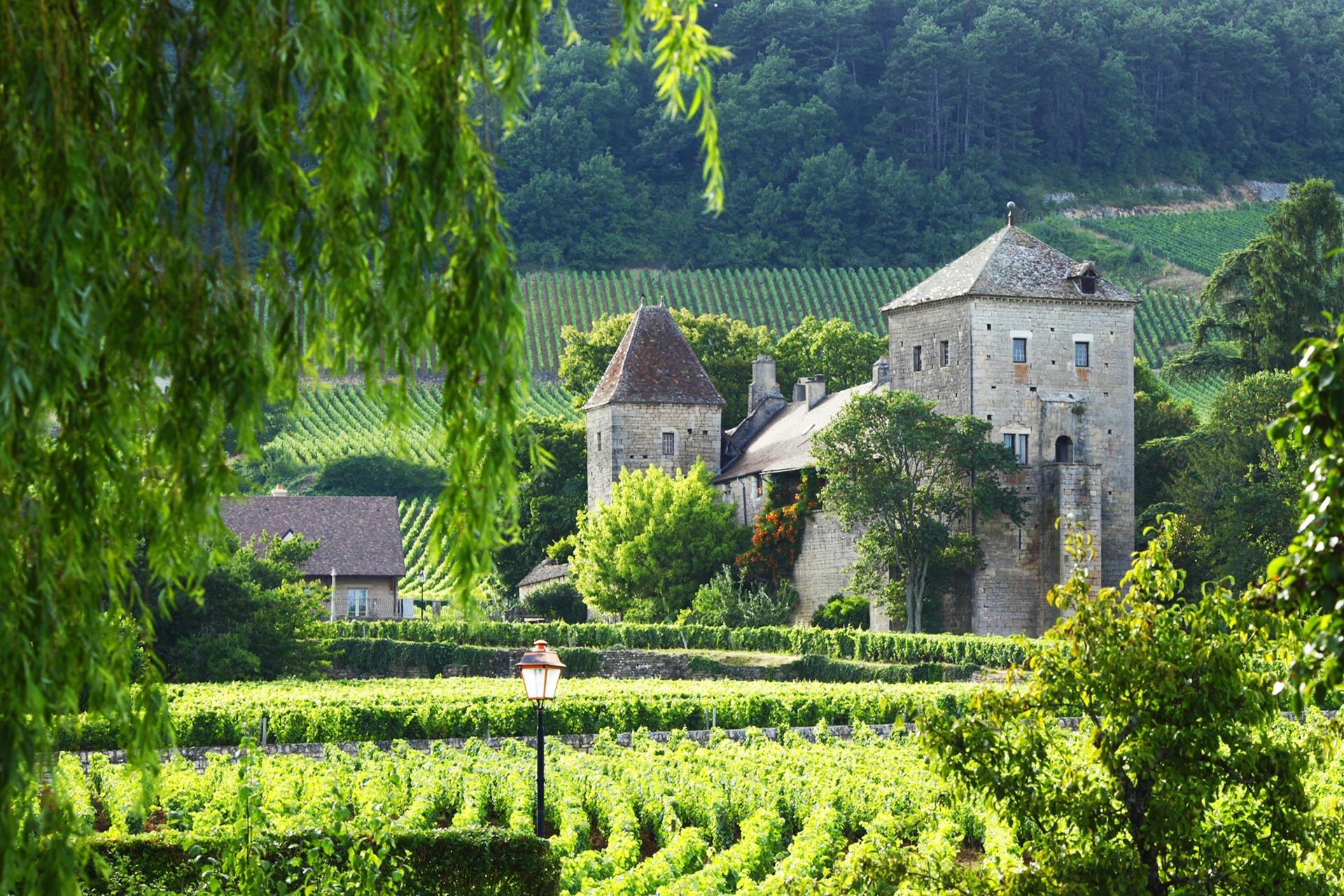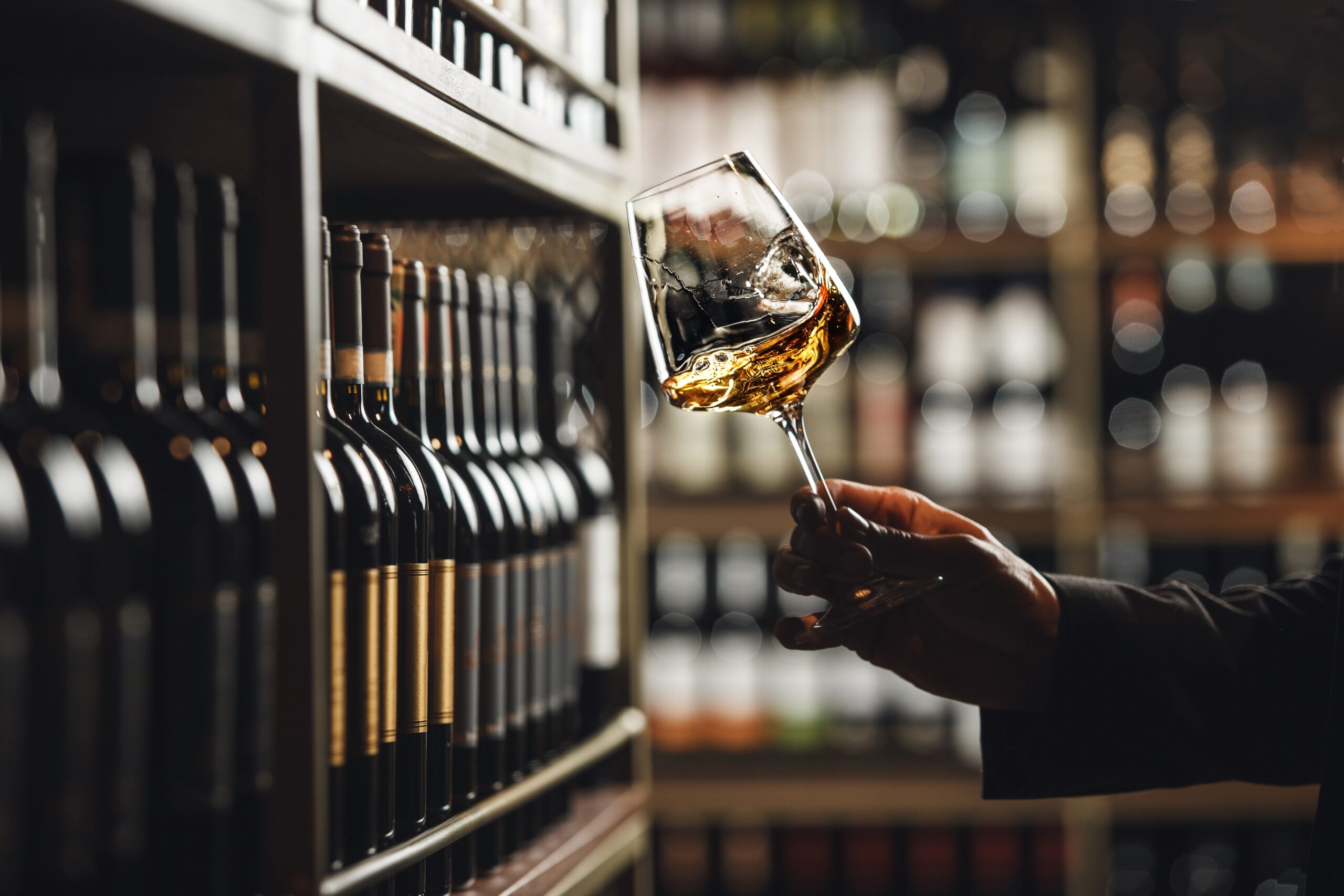In a world where marketing budgets can rival small GDPs and wine shelves groan under the weight of slick corporate labels, it’s easy for boutique wineries to feel like the underdog. But here’s the twist—being small is your superpower. If you’re making fewer than 50,000 cases a year and juggling barrels, bottling, and bookkeeping, this one’s for you.
Welcome to the ultimate guide for boutique wineries looking to punch above their weight, tell their story, and build a brand that turns heads (and uncorks bottles)—all on a budget that wouldn’t buy a second-growth Bordeaux.
Being boutique isn’t a limitation—it’s a secret weapon. When wielded with creativity and clarity, small-scale operations can capture attention, hearts, and loyal customers with a fraction of the funds. This guide blends marketing strategy with real-world tips, giving wineries the tools they need to grow on a shoestring, all while staying true to their roots.
The Grit Behind the Grapes
Boutique wineries are often family-run, passion-fuelled, and terroir-obsessed. You’ve got heart. You’ve got heritage. What you often don’t have is a dedicated marketing team, a budget the size of Napa’s annual rainfall, or a spot in the nearest supermarket shelf war.
And that’s perfectly fine.
Because what you do have is something far more compelling in today’s wine market: authenticity. You’re not a faceless brand producing ocean-loads of Merlot—you’re a story in a bottle. You’re the hand that picks the grape, the face behind the barrel, the one who knows every vine by name (or at least nickname).
Yes, the challenges are real. Small production means tight margins, fewer hands on deck, and limited exposure. You’re doing your own design, writing your own emails, probably printing your own tasting notes—and possibly even delivering the boxes yourself. Add in logistics hurdles, distributor snubs, and digital noise, and it can feel like you’re planting vines in quicksand.
But here’s the thing—consumers are shifting. They’re leaning in toward brands they can trust, stories they can share, and products that make them feel something. They’re tired of sterile brands with identical labels and no soul. They want real. And that’s where you shine.
By leaning into what makes you unique and focusing on high-return, low-cost strategies, you can build a brand that competes not on volume, but on value.
1. Own Your Story – It’s More Powerful Than You Think
Forget trying to look like the big guys. You don’t need a drone-shot vineyard video scored by Mozart. You need you. People don’t fall in love with wine because it’s perfect—they fall for the imperfections, the human touch, the “we planted this by hand and prayed it didn’t frost” reality.
Your story is what sets you apart in a sea of sameness. It’s not just about when you started but why. What drives your winemaking philosophy? What obstacles did you overcome? What makes your vineyard different? People want to know who’s behind the bottle and why they should care.
You already have the content—it’s in your harvest photos, your late nights bottling by torchlight, your dog sunbathing in the vines. Share it. Regularly. Use your website’s “About” page to tell the tale—not just the history but the heart. Let your tasting room signage feature snippets of your journey. Turn your wine labels into mini memoirs.
Don’t underestimate the power of imperfection. A hand-held video of you chatting about your vines carries more charm than a polished ad with no soul. Consumers connect with the real, and when your story makes them smile, nod, or even tear up, they remember.
More importantly, they tell others.
2. Define Your “Why” and Shout It Loud
You’re not just “another small winery.” Are you the only one making Fiano in your valley? Do you age your wine in ancient clay amphorae? Does Grandma still hand-label bottles on Wednesdays while listening to ABBA? That’s your hook.
Your USP (Unique Selling Proposition) is your magnetic field. It’s the detail that makes someone pause, smile, and say, “That’s interesting—let’s try it.”
Start by identifying what truly makes you different—not what you think customers want, but what’s authentically you. It could be your organic methods, your underdog journey, your wild fermentation techniques, or even your sense of humour (your newsletter sign-off with “Stay juicy” isn’t going unnoticed).
Then, turn that into a message so simple your neighbour’s dog could bark it back. Think slogans, taglines, and soundbites. Consistency is king here. Repeat it across your website, socials, labels, packaging—and yes, even in person at tastings.
And don’t shy away from being niche. Trying to appeal to everyone is a surefire way to be forgotten. Be the best at something specific, and your ideal customer will find you—and stick with you.
3. Social Media: Your Digital Tasting Room
Instagram and Facebook aren’t just for food pics and cat memes. They’re your global tasting room—open 24/7, cost-free, and full of thirsty audiences.
But here’s the key: don’t just post, converse. Your social media shouldn’t be a monologue—it should feel like a friendly wine chat across a rustic oak bar. Engage your followers. Ask them which vintage they preferred. Run a quick poll: “Red blend or single varietal?” Share their tagged photos, respond to every comment, and always keep your tone human.
Use Stories and Reels to show what’s happening behind the scenes—the sunrise over your vines, the clink of glasses after bottling, the dog who thinks it owns the place. These glimpses into daily life build connection, not just content.
Collaborate with local foodies or micro-influencers. Invite them for a tasting, let them post about the experience. Their audience gets you for free—and it feels more trustworthy than an ad ever could.
And finally, think hashtags as your breadcrumbs. Choose a few branded ones, mix in regional or wine-style-specific tags, and sprinkle them like parmesan—enough to taste, not to overwhelm.
4. Turn Customers Into Community
Wine clubs aren’t just about shifting cases—they’re about building a tribe. A loyal, grape-loving crew that’s in it for the experience, not just the discount.
Start with tiers. Keep it flexible, with options for casual sippers to cellar collectors. Offer perks beyond the bottle—early access to new releases, behind-the-scenes winemaker updates, and member-only events (even virtual ones with a guided tasting via Zoom and a cheese board suggestion).
Let’s talk personalisation. Use that data wisely. If Sarah always orders your Syrah, make sure she knows when the new vintage drops. If John visited last summer, send a birthday note this year—handwritten, not just a Mailchimp blast.
Offline, your tasting room should feel like a members’ club without the velvet rope. Welcome returning faces like old friends. Display members’ names on a wine barrel, toast to them at events, or let them sign a vintage wall.
Online? Create a private Facebook group or use Instagram’s Close Friends for early content previews or “first pour” sneak peeks.
Encourage them to be your marketers. Run a photo contest (“Show us where you sip!”), share customer stories, and make user-generated content the heartbeat of your socials.
5. Packaging That Speaks Without Shouting
Your label is your first impression—and you only get one shot before it ends up sideways in someone’s Instagram feed or worse, back on the shelf.
Design isn’t just aesthetics—it’s strategy. Your bottle needs to whisper your story from across the room. A textured paper hinting at old-world charm, a bold font shouting your modern edge, or a hand-drawn map of your vineyard on the back label—all of it matters.
If your brand is rustic and heritage-driven, lean into earth tones, serif fonts, and a touch of history in the design. If you’re young and experimental, maybe it’s neon accents and playful icons. But above all, it has to be you—visually and emotionally.
Labels aren’t the only way to impress. Sustainable packaging isn’t just a trend; it’s a movement. Lighter glass bottles, recycled materials, and compostable corks make statements that eco-conscious drinkers love—and may even reward with loyalty.
Add a QR code that links to your winemaker’s journal, a tasting note video, or a Spotify playlist to pair with your rosé. Create a moment, not just a bottle.
Final Sip: Small But Mighty
Being boutique isn’t a limitation—it’s a luxury. In a sea of mass-market sameness, you have the power to stand out by simply being real, relatable, and relentlessly creative.
You don’t need to outspend Goliath. You just need to out-authentic him.
At WineGuide101, we champion boutique brilliance. And through Emotio, we help brands like yours grow smart, not just big. Whether you’ve got a huge, little or no budget, we’re here to help you tell your story, connect with your audience, and sip success.
Fancy a chat? We’d love to hear your story—and maybe help you share it.
Cheers to your next great vintage—on the vine and online.



